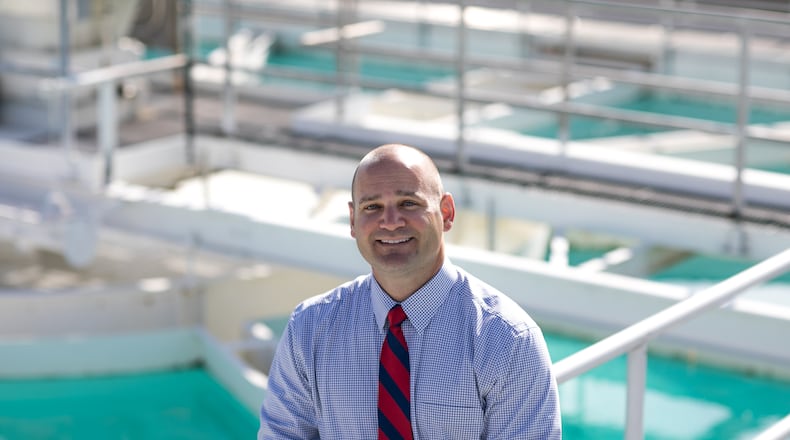The deadline for opting out is Sept. 13.
“This is an opt out program. If you don’t opt out, you’re automatically enrolled,’’ said Adam Sackenheim, Fairfield’s director of public utilities.
Last November Fairfield residents approved separate ballot issues establishing municipal electricity and natural gas programs. The electric aggregation program began last spring.
Consultants Energy Alliances negotiated a one-year natural gas contract on Fairfield’s behalf with AEP at a rate of $0.5894 per ccf. Duke’s rate for natural gas is variable, said Rich Surace, Energy Alliances’ chief operating officer.
For August the rate is $0.669 per ccf and for September, $0.65 per ccf.
“We feel comfortable in (saving Fairfield customers money) because we know for August and September AEP’s rate is lower than Duke’s,” Surace said. “We’re expecting the numbers to be at that or higher all winter.”
Fairfield is part of a contract negotiated with AEP on behalf of 37 communities in greater Cincinnati. They include Fairfield, Liberty, Ross, and West Chester townships and Middletown in Butler County along with nearby Colerain Township, Springdale and Forest Park in Hamilton County.
Built into the contract are provisions allowing customers to opt in or out at any point without penalty, Sackenheim said. Under the program, Duke Energy would still do the billing and customer would call them if there were any issues.
Those who currently have contracts with any natural gas supplier other than Duke are not eligible for the city program until the non-Duke contract ends. Customers on Duke’s “percentage of income” program are also not eligible for the aggregation program.
“Most people won’t notice much savings until we get into the colder months and they start turning on their furnaces,’’ Sackenheim said.
“That’s why we started the electric program first – to get residents the most savings when electric use typically is at its highest with air conditioning.”
A plus with the electric program, Sackenheim said, is that half the electricity residents use is generated through renewable energy sources.
“We’re able to be a little greener and save our residents money,’’ Sackenheim said.
Data from the first two months of the city’s electric aggregation program showed the average Fairfield resident enrolled in the aggregation program saved about $46 combined on their May and June bills, Sackenheim said.
During that period there were more than 12,000 – or 80 percent – of Fairfield’s 15,000 eligible households or businesses enrolled in the electric aggregation program.
About the Author
